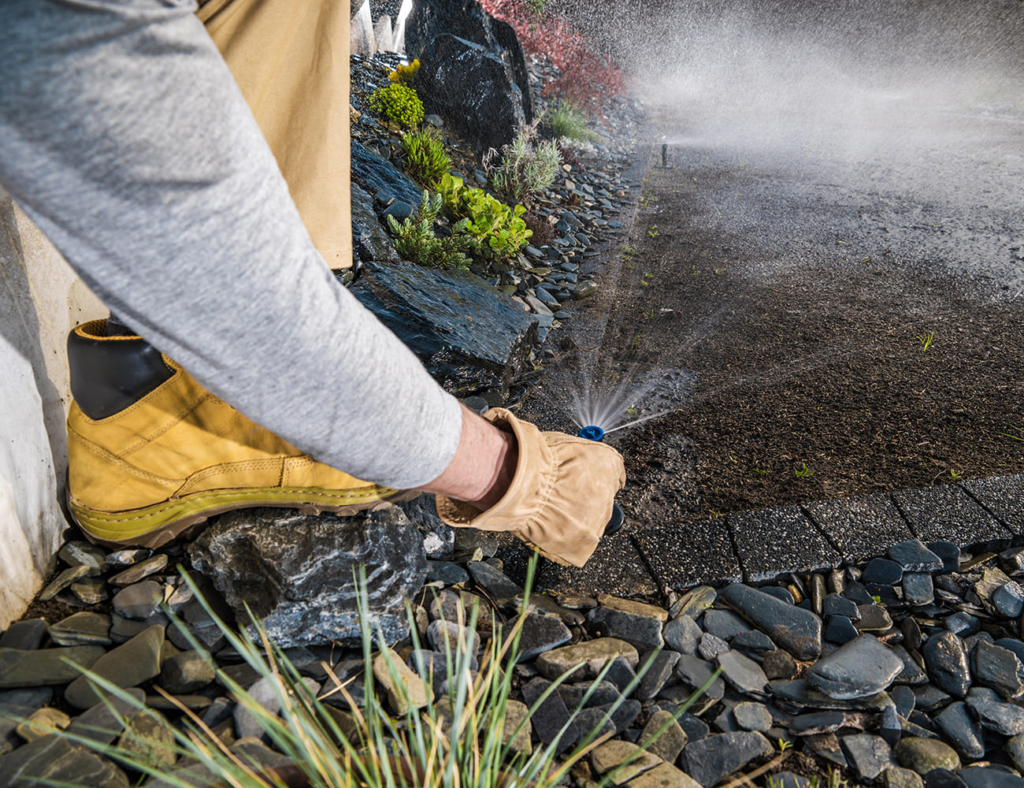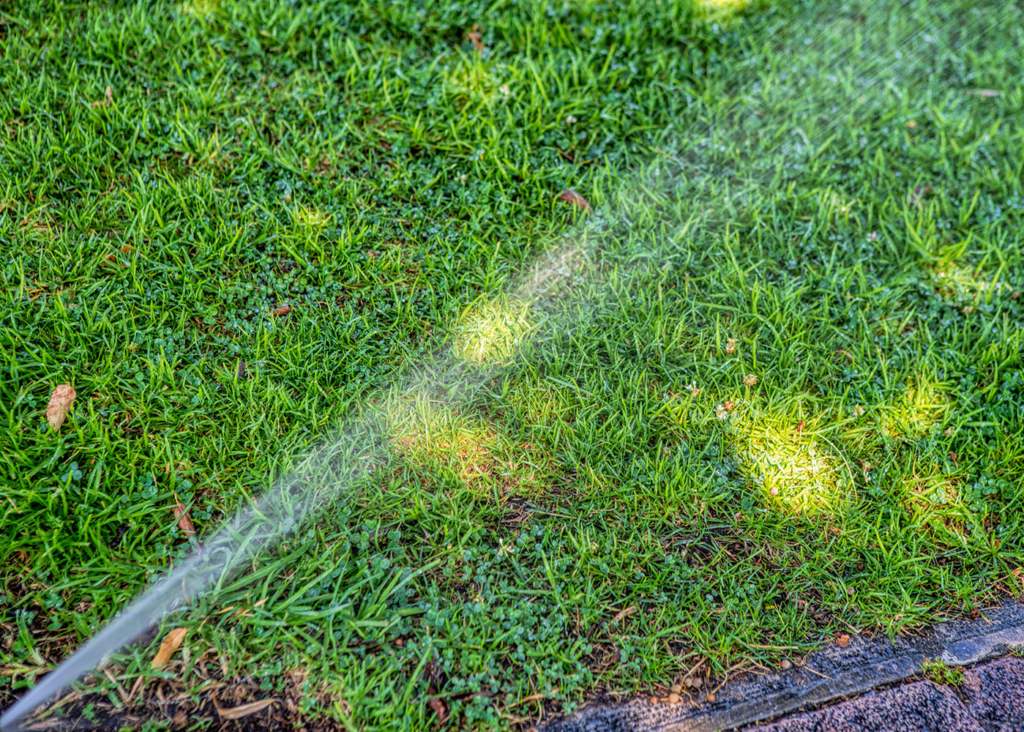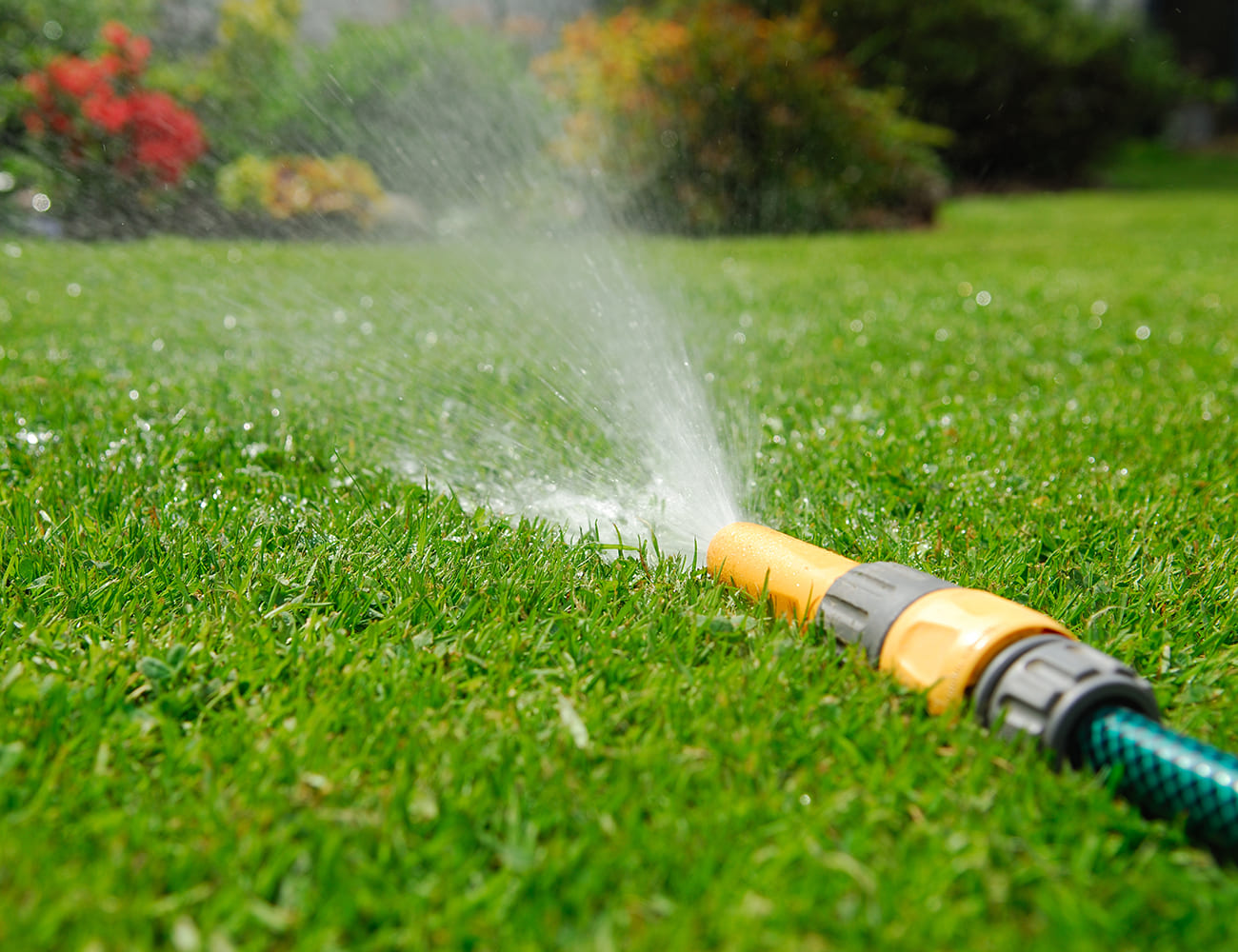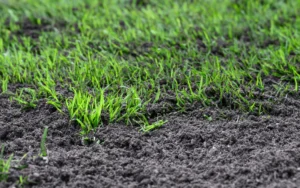Maintaining a healthy lawn can be challenging when water restrictions are in place. However, with the right approach, you can keep your grass green and resilient while complying with regulations. This guide will walk you through practical strategies to help your lawn thrive with limited water.
Understanding Water Restrictions
Before adjusting your lawn care routine, it’s important to understand the specific water restrictions in your area. Many councils enforce rules that limit watering to certain days or times, and some prohibit the use of sprinklers altogether. Familiarise yourself with the regulations so you can work within them while keeping your lawn in top condition.
Choosing the Right Grass
Some grass types handle drought better than others. If you’re considering replanting or overseeding, opt for drought-tolerant varieties such as:
- Buffalo Grass – A tough, low-maintenance option that thrives with minimal water.
- Kikuyu Grass – Known for its fast growth and drought resistance.
- Zoysia Grass – A slow-growing variety that retains moisture well.
- Couch Grass – Requires less water once established and stays green longer during dry spells.
Planting the right type of grass ensures that your lawn remains lush even when water is scarce.

Smart Watering Strategies
When water is limited, you need to make every drop count. Here’s how to optimise your watering routine:
Water Deeply, Not Frequently
Instead of light, frequent watering, soak your lawn deeply but less often. This encourages deeper root growth, making the grass more drought-resistant.
Water Early in the Morning or Late at Night
Watering during the cooler parts of the day reduces evaporation, allowing more moisture to reach the roots.
Use Greywater and Rainwater
Recycling household water from showers, sinks, or washing machines can supplement your watering needs. Installing a rainwater tank also helps you collect and store water for drier periods.
Adjust Your Sprinkler Settings
If sprinklers are allowed, set them to deliver water slowly and evenly to avoid runoff and waste. Drip irrigation systems are another efficient option.
Soil Care for Better Moisture Retention
Healthy soil holds water better, reducing the need for frequent irrigation. Improve your soil’s moisture retention with these techniques:
Aerate the Soil
Compacted soil prevents water from penetrating deeply. Aerating your lawn allows moisture to reach the roots more effectively.
Apply Organic Mulch
A layer of mulch around plants and garden beds helps retain moisture and reduces evaporation.
Use a Wetting Agent
Many Australian soils become hydrophobic (repel water) during dry periods. Applying a wetting agent helps moisture soak into the soil rather than running off.
Mowing Techniques to Reduce Water Loss
Your mowing habits can impact how well your lawn copes with water restrictions. Follow these tips for better results:
- Raise Your Mower Blades – Cutting grass too short exposes the soil, leading to faster moisture loss. Keep your lawn slightly longer to shade the roots.
- Mow Less Frequently – During dry periods, reduce mowing frequency to minimise stress on the grass.
- Leave Grass Clippings on the Lawn – Grass clippings act as a natural mulch, helping to retain moisture and provide nutrients.
Fertilising for a Healthier Lawn
Using the right fertiliser at the right time can help your lawn stay green with less water.
Choose a Slow-Release Fertiliser
Slow-release fertilisers provide nutrients over time, reducing the risk of burning the grass and improving root development.
Apply at the Right Time
Fertilise in early autumn and spring when the grass is actively growing. Avoid fertilising during extreme heat, as it can stress the lawn.
Managing Weeds and Pests

Weeds compete with grass for water, while pests can weaken your lawn’s ability to survive drought conditions.
- Hand-pull weeds or use spot treatments instead of widespread herbicide applications.
- Encourage natural pest control by attracting beneficial insects like ladybugs and lacewings.
- Use eco-friendly pest management solutions to keep your lawn healthy without harsh chemicals.
Alternatives to Traditional Lawns
If maintaining a lush lawn under water restrictions is proving difficult, consider alternatives such as:
- Ground Covers – Hardy plants like creeping thyme or native grasses require less water than traditional turf.
- Artificial Turf – A long-term, low-maintenance solution that eliminates the need for watering.
- Xeriscaping – A landscaping approach that uses drought-resistant plants and minimal irrigation.
Adapting to a Drier Future
With climate conditions becoming drier in many parts of Australia, adapting your lawn care practices is essential. By choosing drought-resistant grass, improving soil health, watering efficiently, and exploring alternative landscaping options, you can maintain an attractive outdoor space without excessive water use.
Water restrictions don’t mean giving up on a beautiful lawn – they just require smarter strategies to make the most of the water available. With the right approach, your lawn can remain green, resilient, and environmentally friendly, no matter the conditions.





